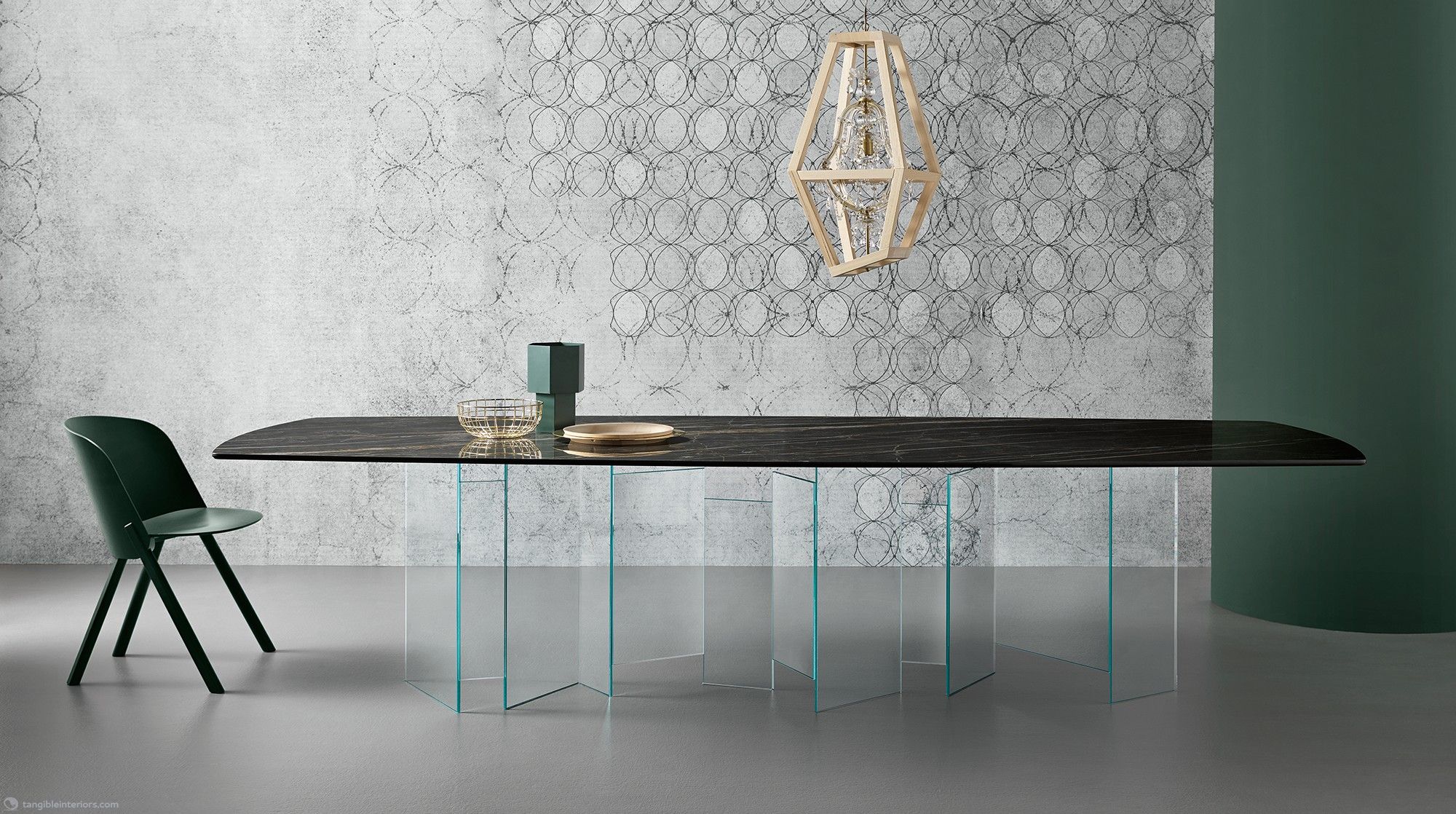After constructing over 200 custom homes across the region, we’ve learned that closets significantly impact buyer satisfaction and resale values more than most builders realize. That’s why our firm stopped treating custom closets as aftermarket additions and started integrating sophisticated storage solutions during the planning phase. This strategic shift has differentiated our properties in competitive markets and reduced our callback rates dramatically.
Why We Prioritize Closet Systems in New Construction
Here’s what we tell our project managers and superintendents: closet systems aren’t finish carpentry details—they’re core infrastructure deserving the same attention as kitchen cabinetry or bathroom fixtures. When we’re framing houses, we’re already coordinating blocking locations for wardrobes, running dedicated circuits for closet walk lighting, and roughing in HVAC registers ensuring adequate airflow. This proactive approach prevents the costly retrofits that plague builders who treat closet design as an afterthought.
Our estimators now include comprehensive wardrobe closet allowances in base pricing rather than presenting them as upgrades. Buyers expect quality storage solutions standard in today’s homes—they’re comparing our offerings against competitors, and skimping here costs sales. We’ve found that investing an additional 2-3% of construction budget in superior modular closet systems yields measurable returns in closing rates and reduces negotiation friction during contracts.
The walk in closets we’re building now differ substantially from those we constructed a decade ago. Square footage has increased—we’re averaging 80-120 square feet for primary bedroom suites in our mid-range homes, more in luxury builds. But it’s not just size; buyers want features: islands, seating areas, jewelry storage, dedicated shoe displays. We’ve adapted our standard plans incorporating these expectations while managing costs through value engineering and strategic vendor relationships.
Construction Sequencing for Custom Closets Installation
Timing matters enormously when integrating closets into construction schedules. We’ve refined our sequencing after learning painful lessons from poorly coordinated installations. Here’s our current protocol: During rough framing, carpenters install blocking per our closet systems shop drawings. Electrical rough-in follows, with circuits positioned for future lighting locations. HVAC installers ensure supply and return registers serve wardrobe closet spaces adequately.
After drywall completion and painting, we schedule custom closets installation before flooring in walk in closets—this prevents damage to finished floors during heavy cabinet work. However, baseboards install after closet systems to achieve clean transitions. Our superintendents coordinate these sequences carefully; mistakes here delay closings or require expensive corrections under warranty.
For small closet organizer applications in secondary bedrooms and hallways, we’ve standardized several configurations that our framers know by memory. Standard depths, consistent heights, predictable electrical locations—this standardization accelerates construction while maintaining quality. We deviate for custom requests, but having reliable defaults keeps projects on schedule when design decisions lag.
We maintain relationships with three primary vendors for wardrobes and complete closet design packages. This multi-vendor approach provides redundancy if supply issues arise while keeping pricing competitive through ongoing negotiation. Each vendor specializes somewhat differently: one excels at modular closet systems with European hardware, another offers best pricing on laminate finishes, the third provides premium solid wood options for luxury builds.
Our purchasing team negotiates annual volume agreements guaranteeing pricing stability and priority manufacturing slots. When building 40-50 homes annually, this purchasing power matters—we’ve locked favorable terms that smaller builders can’t access. These savings pass partly to buyers through competitive pricing while protecting our margins against material volatility that plagued the industry during recent supply chain disruptions.
Quality control begins at vendor selection. We’ve terminated relationships with suppliers whose closet systems generated excessive warranty calls. Drawer glides failing within months, shelving sagging under normal loads, finishes delaminating—these problems cost us money and reputation. Now we specify minimum quality standards in purchase agreements and conduct random inspections at vendor facilities before approving large orders.
(more…)

